The unfortunate news of Princess Catherine’s cancer diagnosis began circulating online in March after her heartfelt announcement.
The royal mother of three took to social media to share the news, letting it be known she had already begun preventive chemotherapy. But what exactly does that mean?
Catherine Middleton Announces Cancer Diagnosis
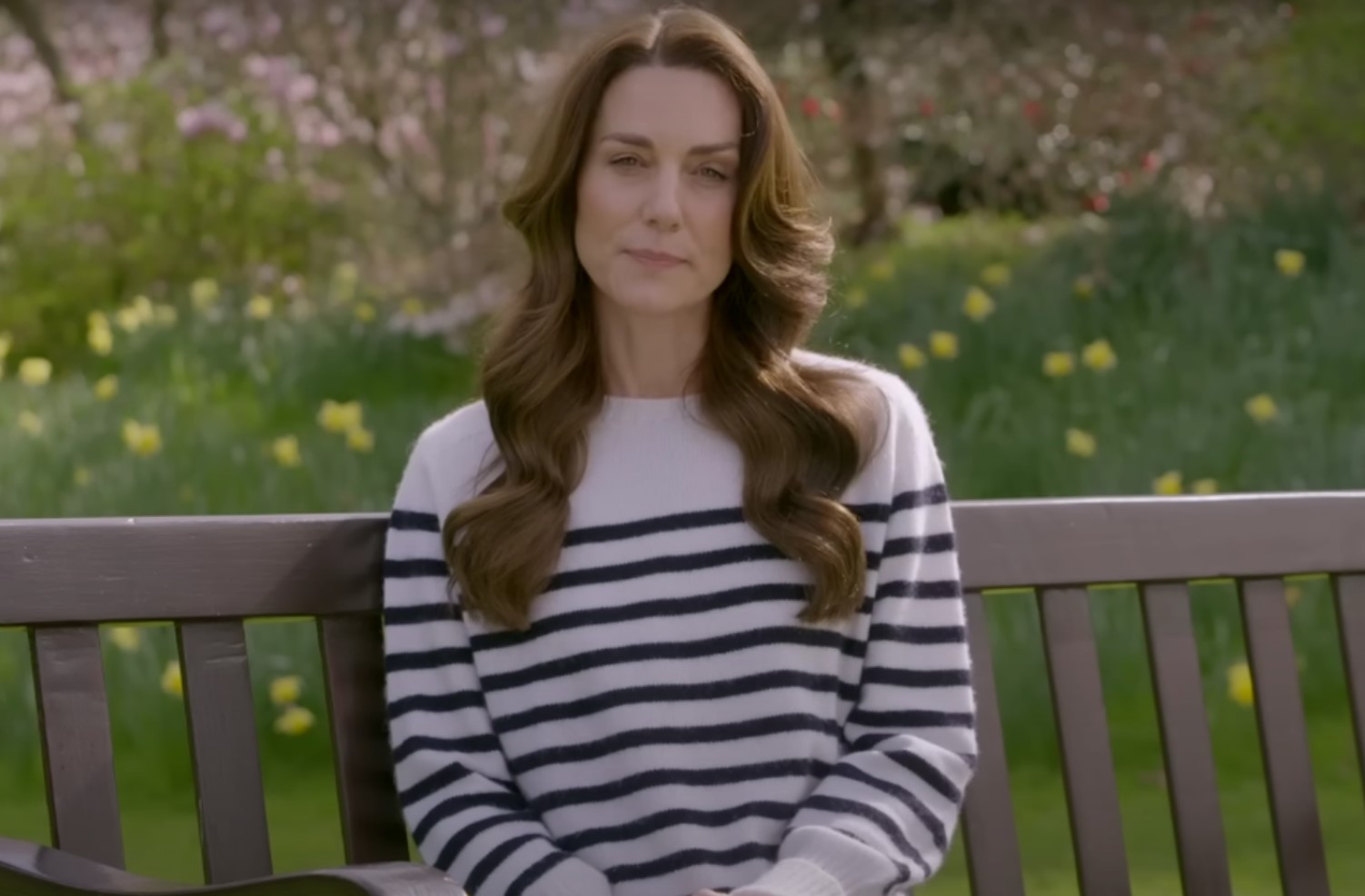
Princess Catherine had remained out of the public eye since her abdominal surgery at the private London Clinic back in January.
Fans had begun to worry about the princess’ health due to her extended absence. Their fears were warranted, as the future queen shared a video on March 22 to announce she had been diagnosed with cancer.
Cancer Diagnosis Came After Major Surgery
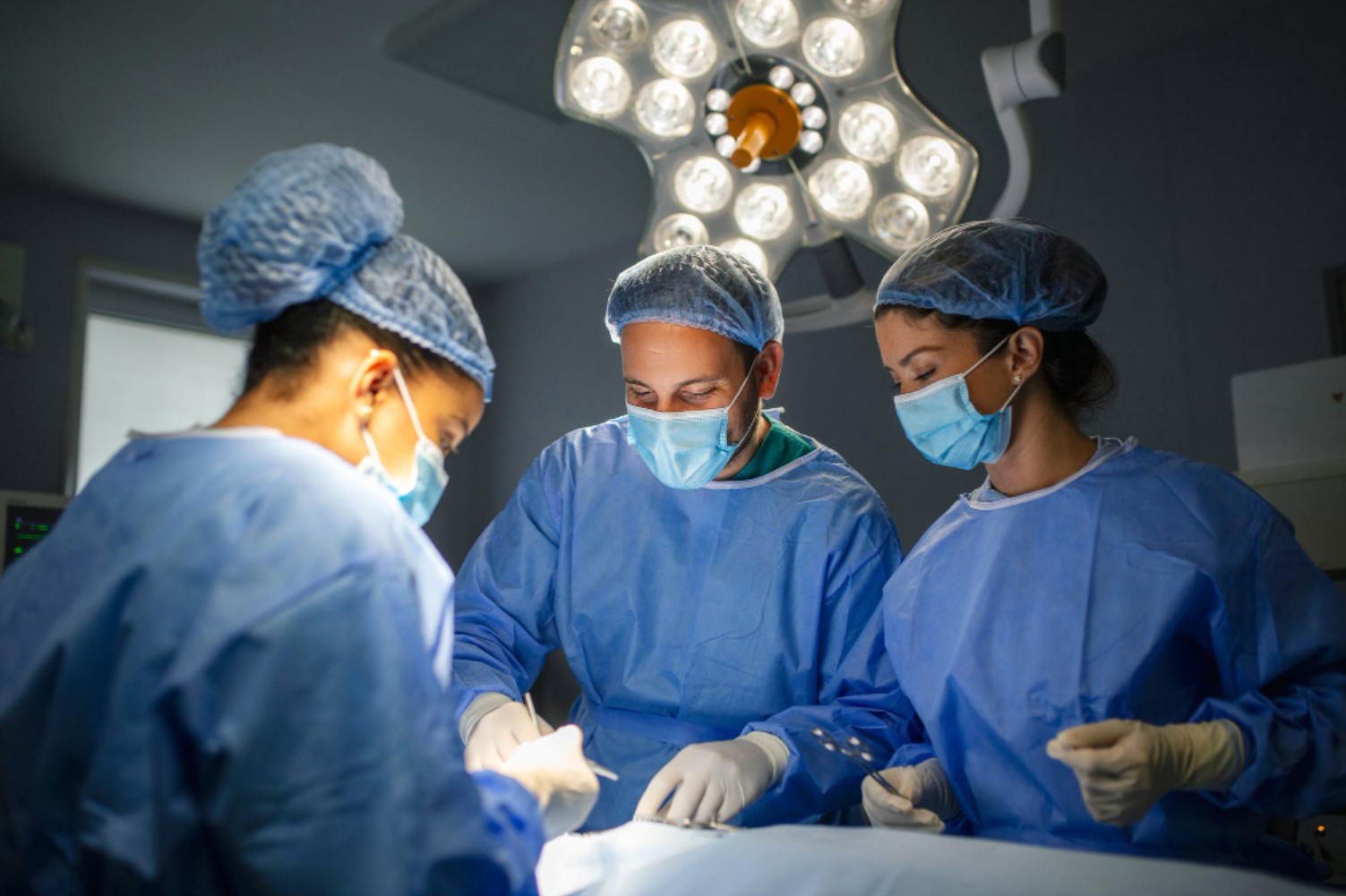
According to Princess Catherine, the cancer was discovered after her procedure at the beginning of the year.
While doctors first suggested the princess’ condition was noncancerous, tests after the surgery “found cancer had been present,” said Catherine, per CNN.
Catherine Advised to Undergo Preventive Chemotherapy
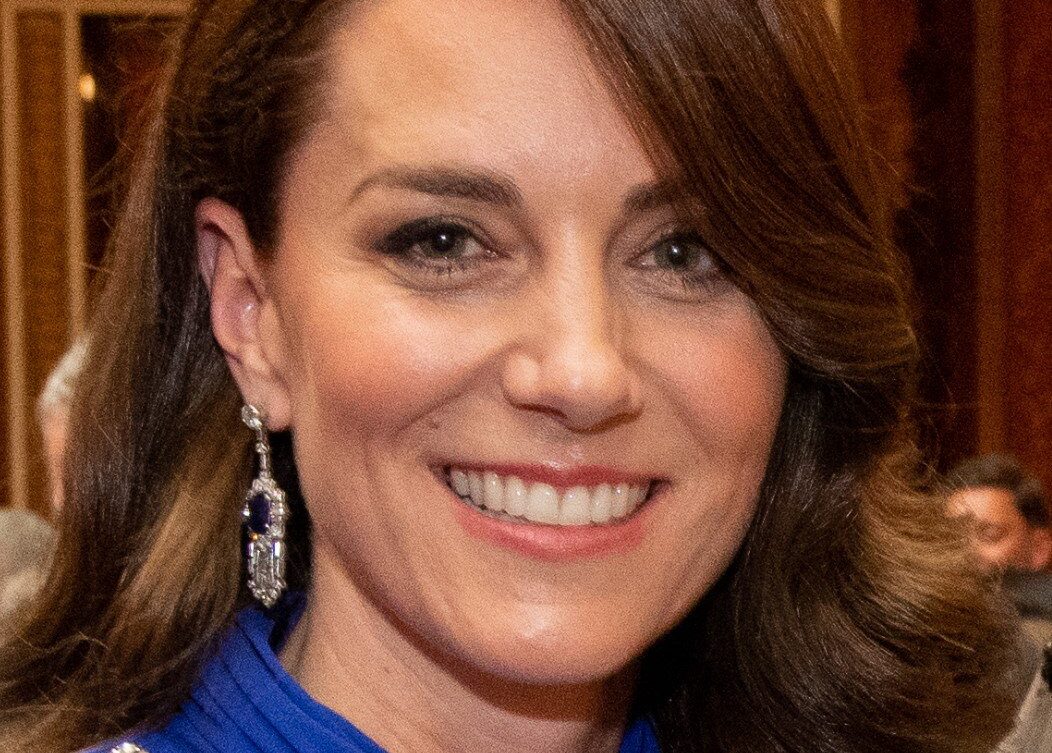
Speaking during the video, the future Queen of Britain said her medical team advised her to begin preventive chemotherapy.
“My medical team, therefore, advised that I should undergo a course of preventive chemotherapy, and I’m now in the early stages of that treatment,” she said, per NBC News.
Catherine Begins Preventive Treatment
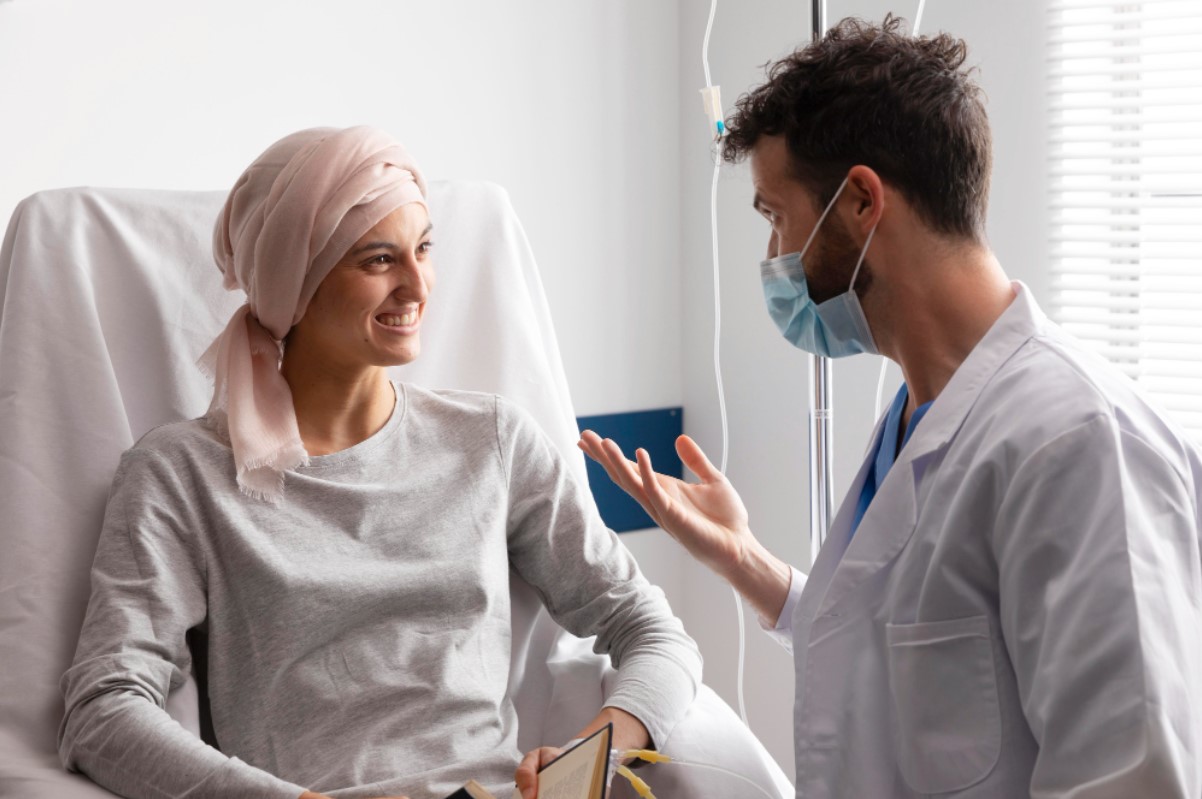
While Princess Catherine didn’t reveal what kind of cancer she was diagnosed with, the term “preventive,” or sometimes “adjuvant” chemotherapy, is typically offered in the wake of a cancer diagnosis after surgery.
A spokesperson from Kensington Palace later revealed Catherine began her treatment in late February.
What Is Preventive Chemotherapy?
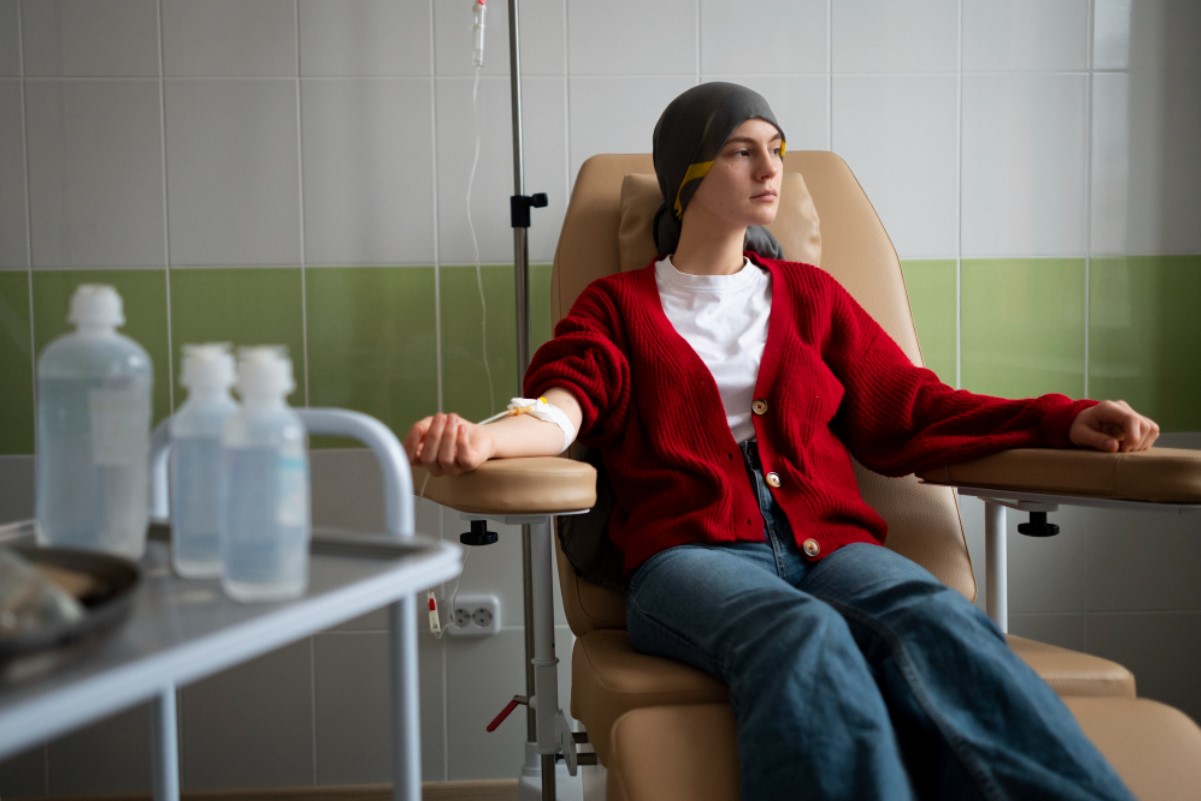
Many fans of the future queen were left wondering what exactly preventive chemotherapy is.
According to Dr. Andrea Cercek, a gastrointestinal oncologist at Memorial Sloan Kettering Cancer Center in New York City, “It’s almost like an insurance policy” (via NBC News).
Medical Officials Speak on Princess Catherine’s Treatment
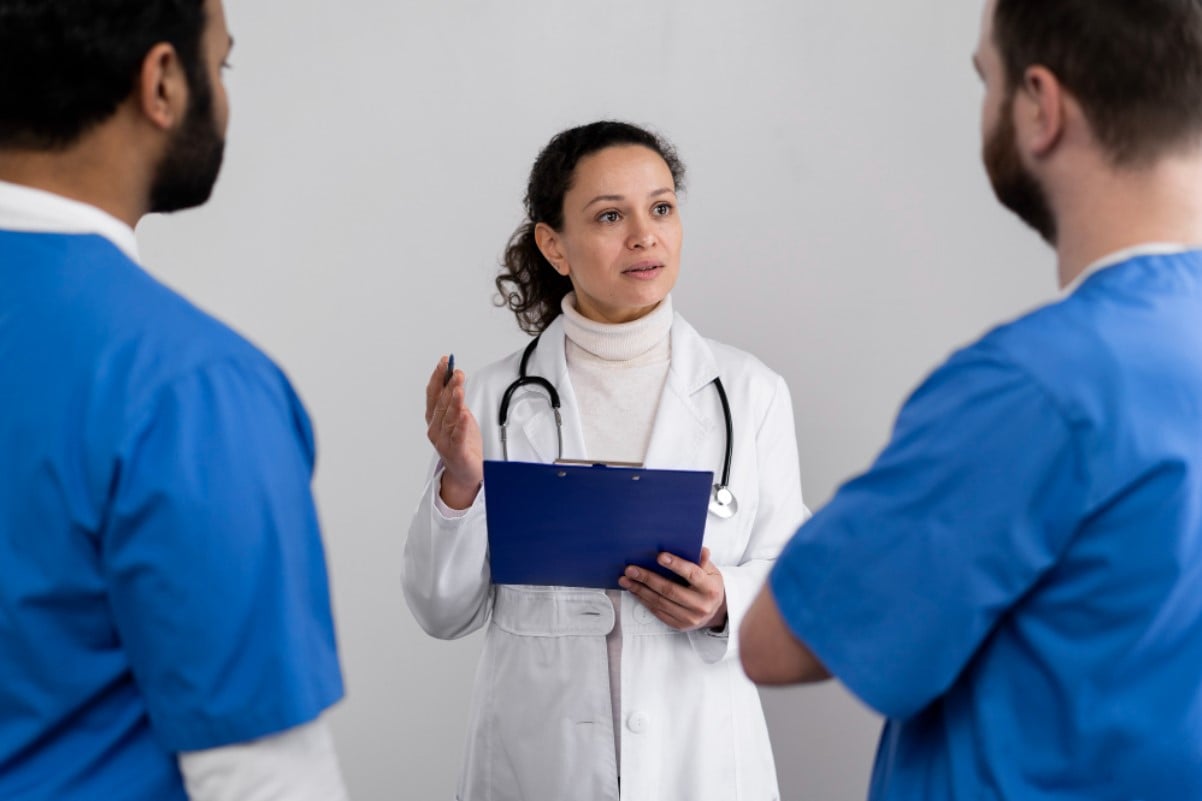
Speaking on Catherine’s treatment, Dr. Cercek explained the process of preventive chemotherapy.
“The person has had surgery to remove all the cancer that is visible, and then we give chemotherapy to try to eliminate or get rid of any remaining cells that might be in the body but are too small to be seen,” he said.
The Surgery Was a Success
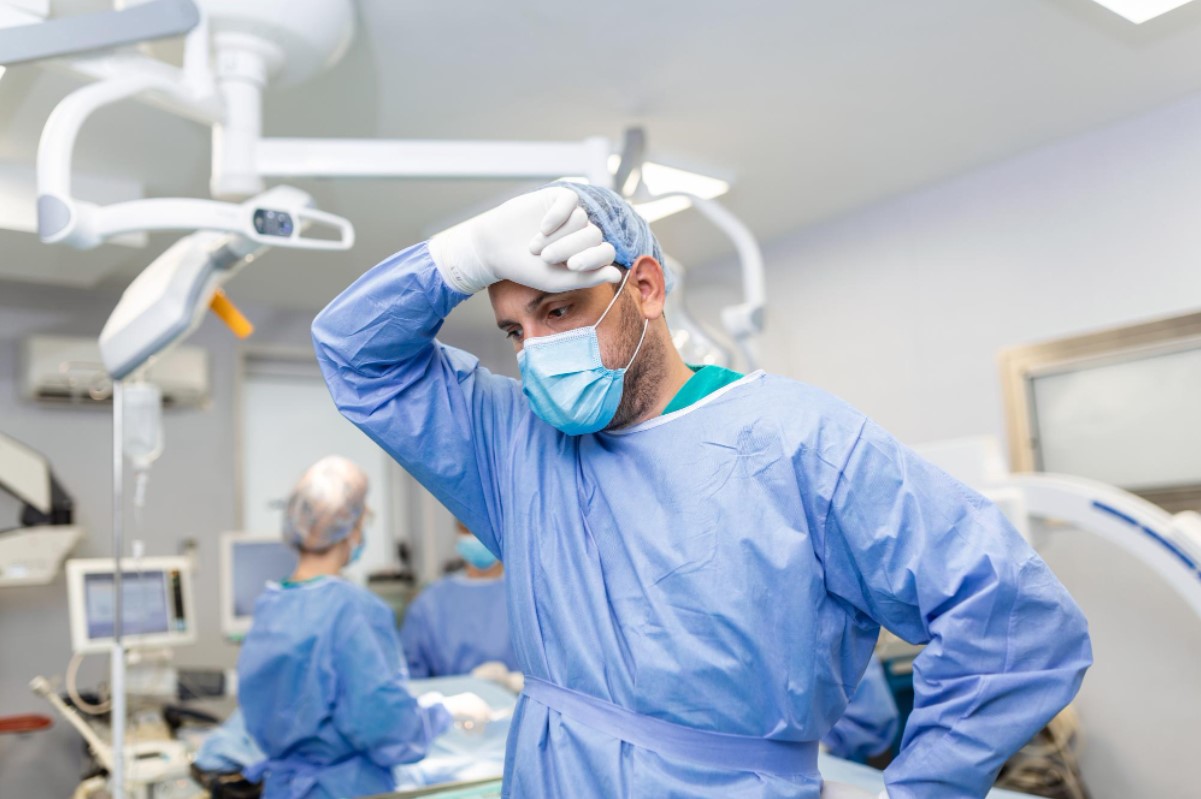
Dr. Eleonora Teplinsky said, “The surgery was successful, and that’s the most important thing.”
The head of breast and gynecologic medical oncology at Valley Health System in New Jersey went on to explain preventive chemotherapy helps “reduce the chance for the cancer to come back in the future.”
Dr. Benk Ho Park on Adjuvant Chemotherapy
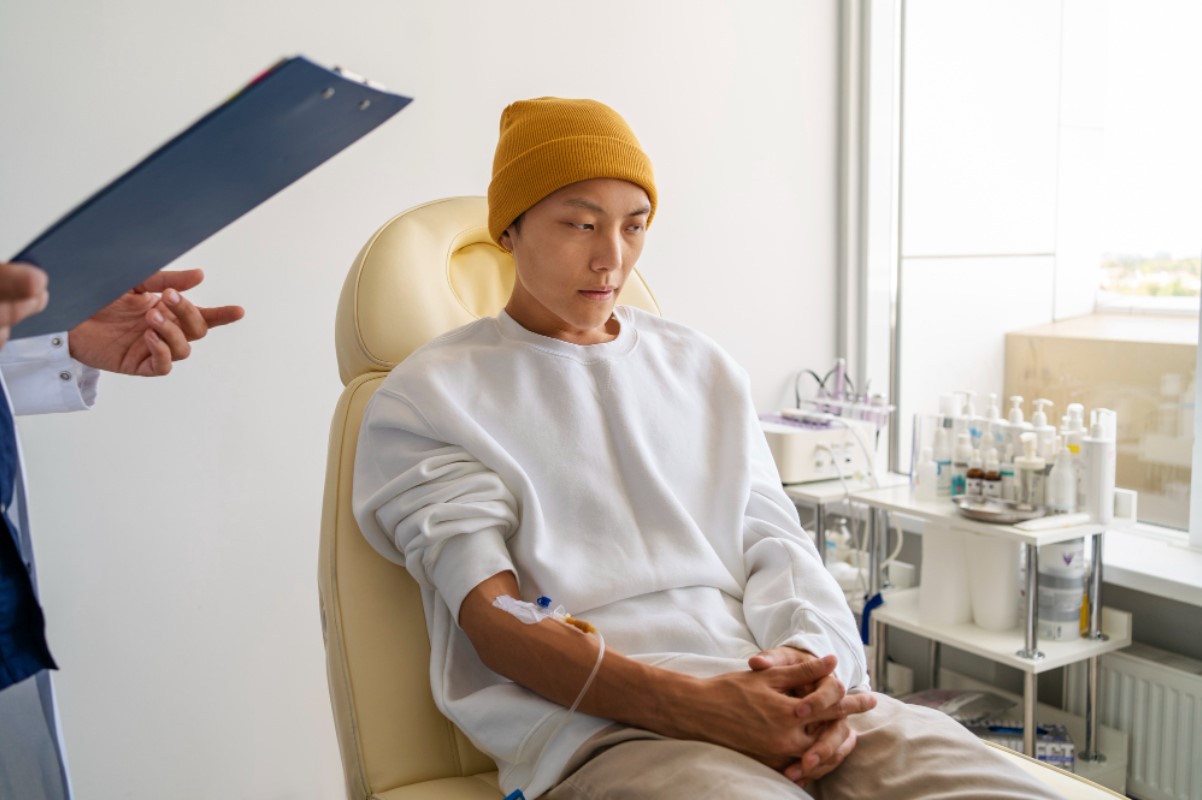
According to doctors, the type of preventive chemotherapy depends on the specific form of cancer. Dr. Ben Ho Park says time is of importance when it comes to adjuvant chemotherapy.
“You get one shot on goal when you have cancer that’s been surgically removed,” he said.
Doctors Share Reasons Behind Catherine’s Treatment
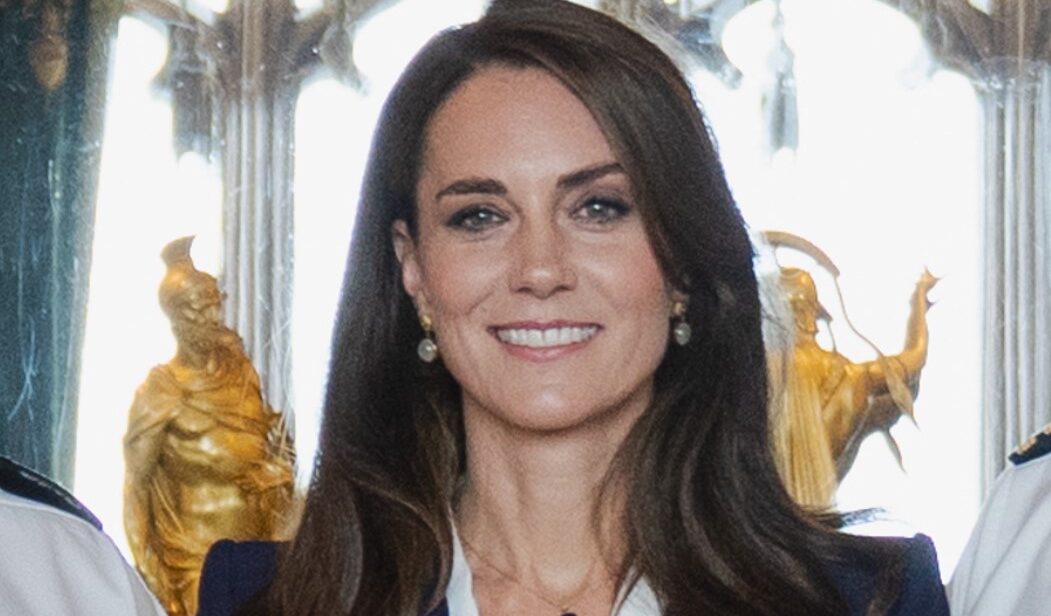
Park alluded to the idea that Princess Catherine was put forward for preventive treatment to better increase the chance of the cancer never returning.
“Hey, should we be as aggressive as possible to make sure that this cancer will never come back?” Park said.
Side Effects of Chemo for the Princess

Princess Catherine may experience several side effects as a result of her chemotherapy, including nausea, poor appetite, and fatigue.
“Depending on which drug she’s getting, there may be more individual side effects that we assess for and monitor,” Teplinsky said.
Cancer Rate Among Younger Generations on the Rise

“In general, we’re seeing more and more people who are younger who are getting cancer,” said Dr. Aparna Parikh.
Catherine’s diagnosis may help influence other young people to get tested and catch the disease early enough to treat it.








































